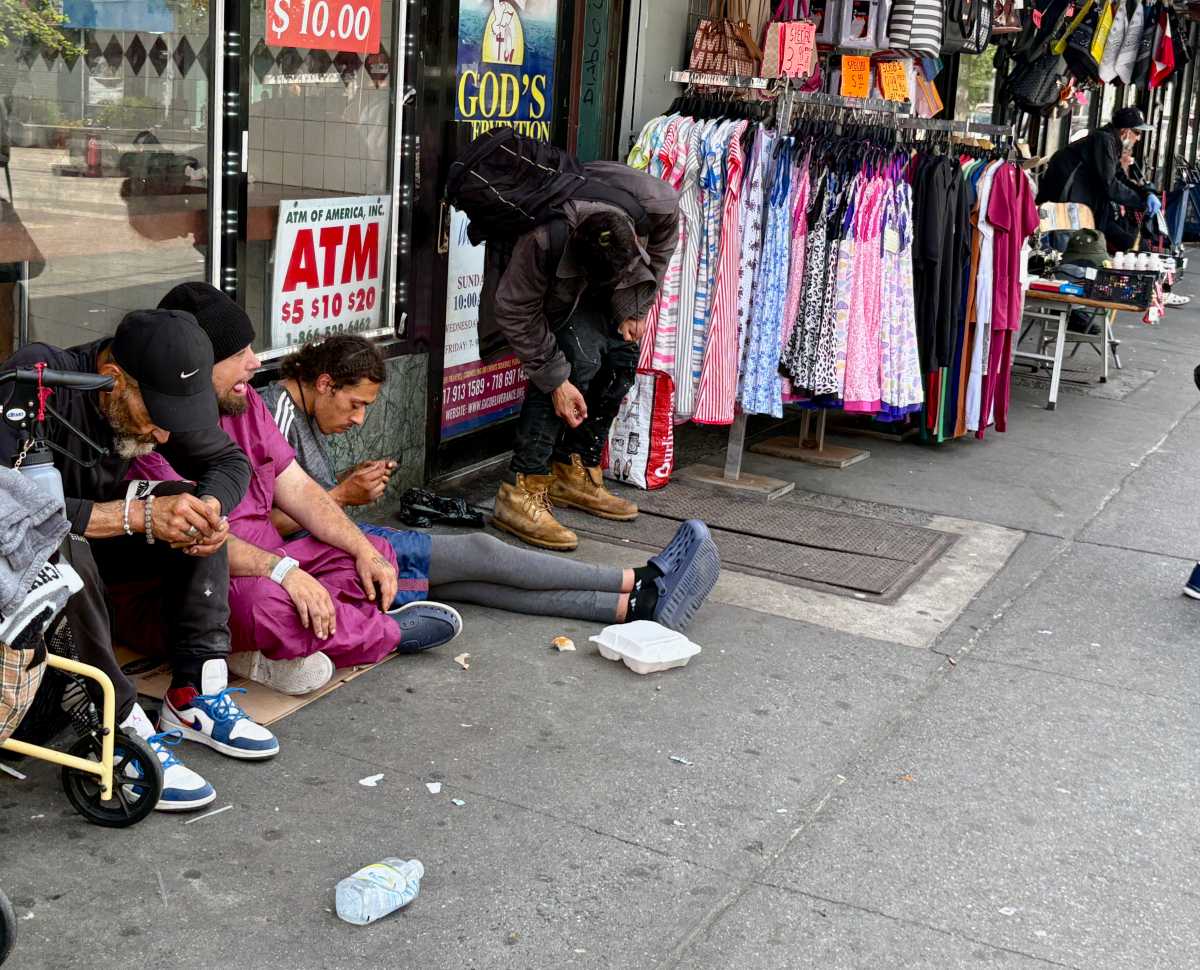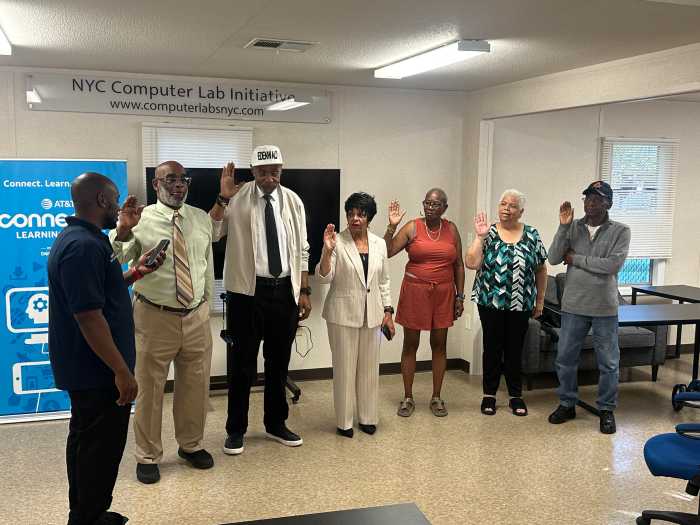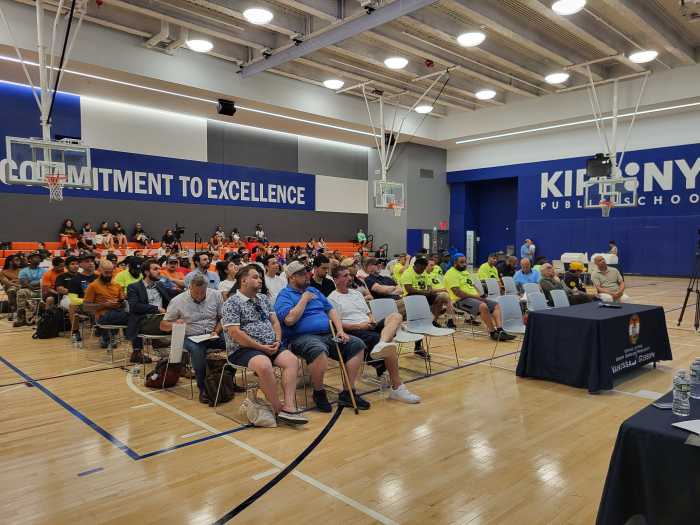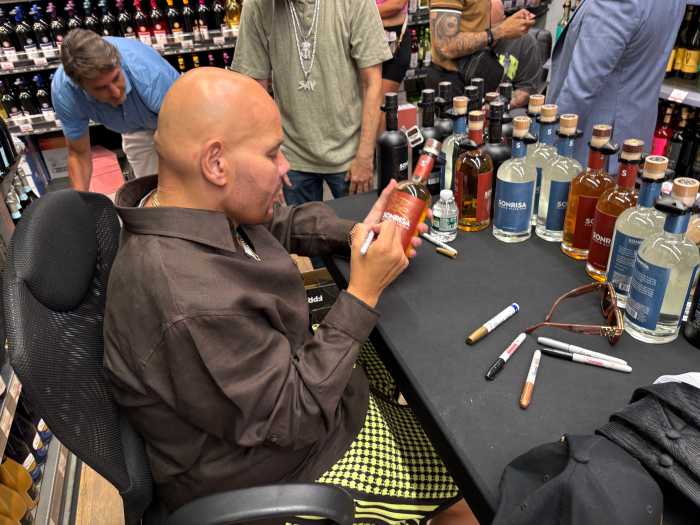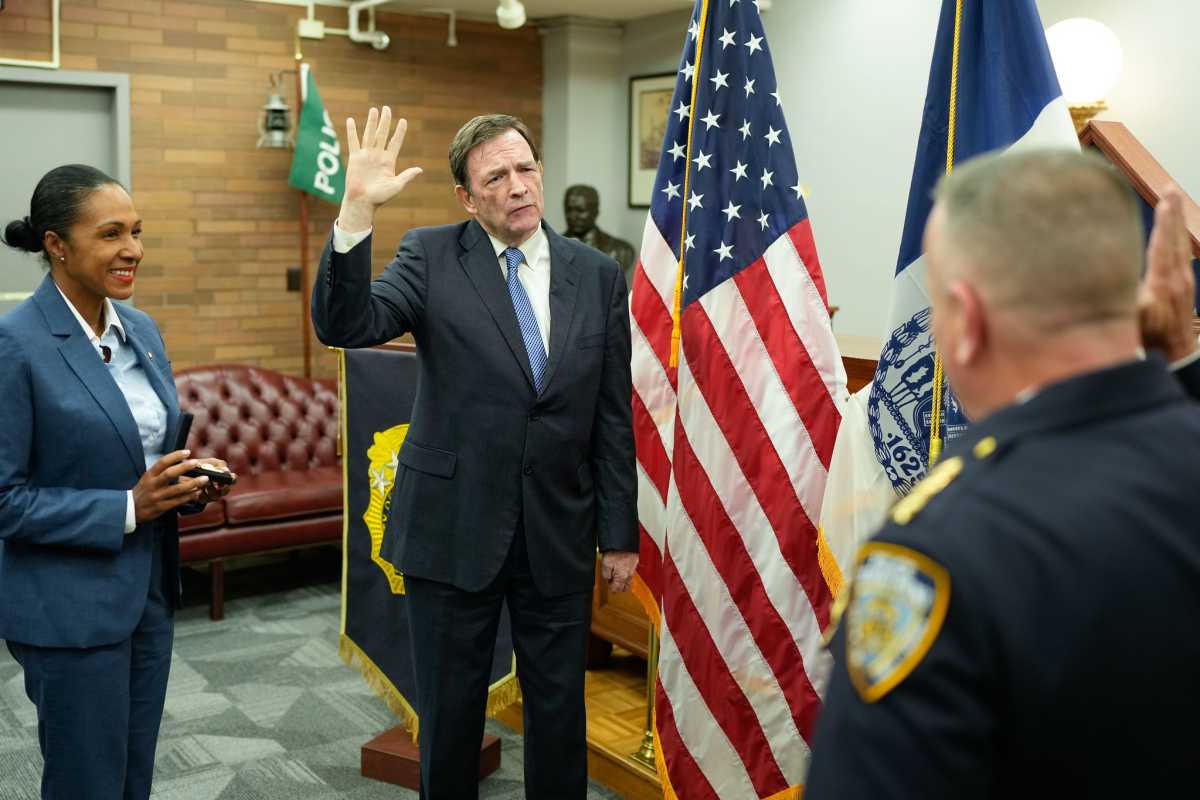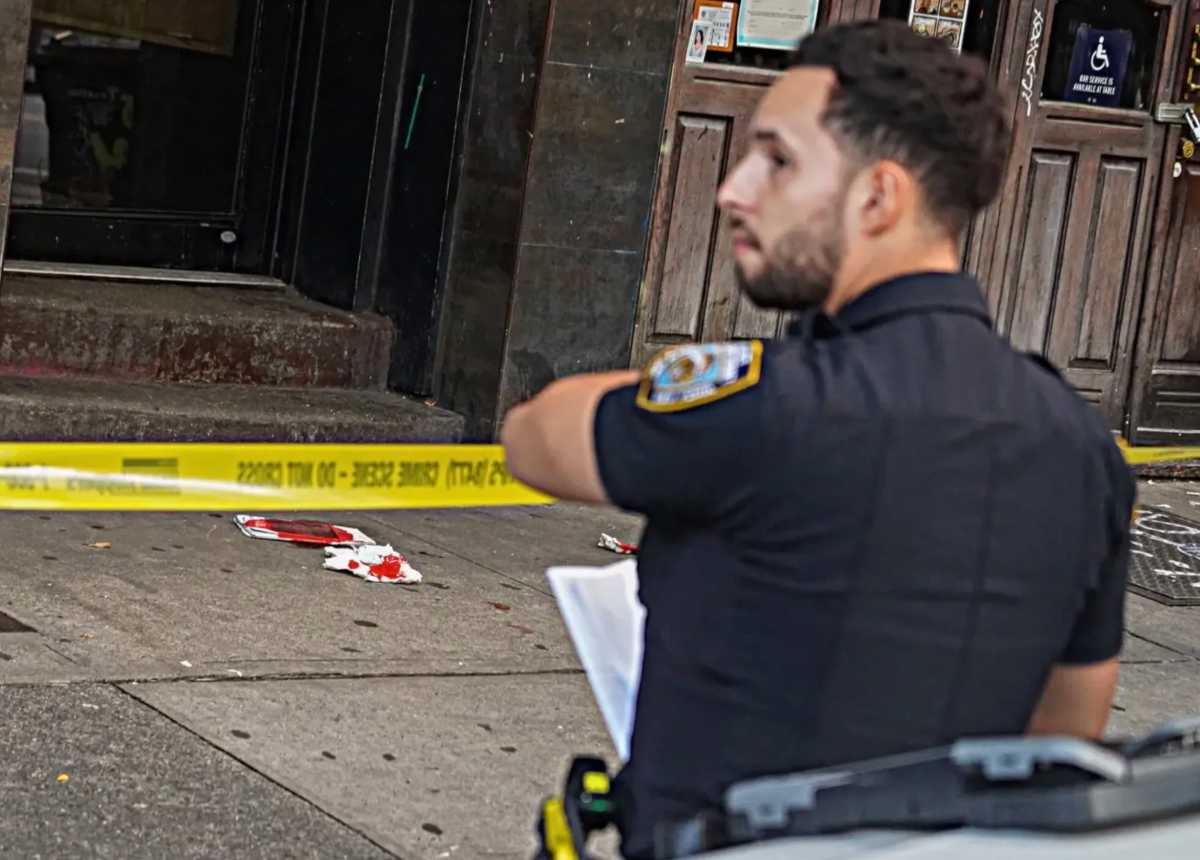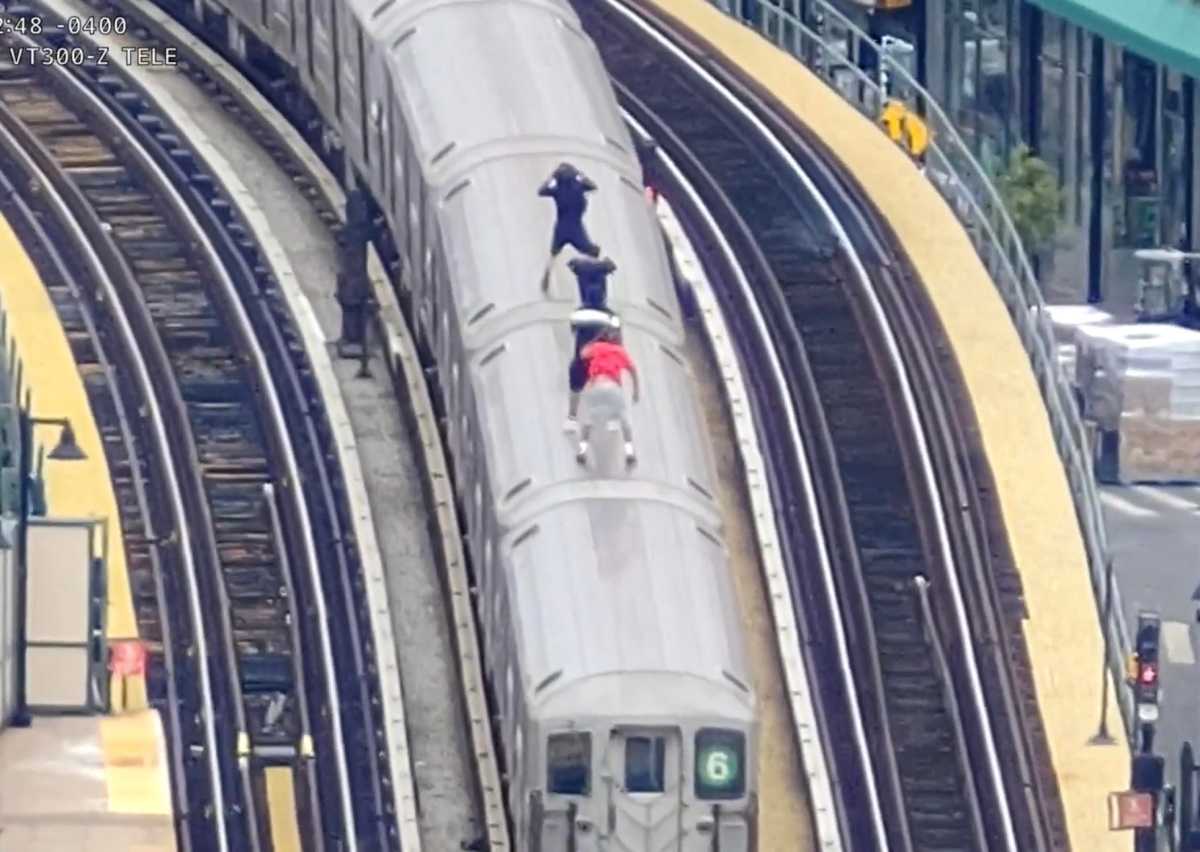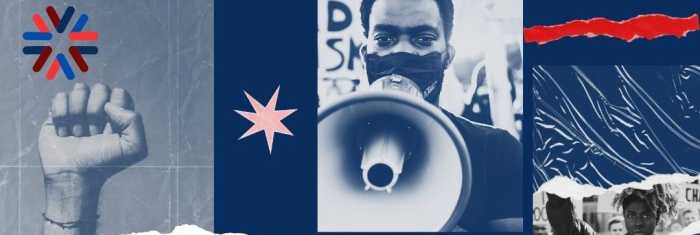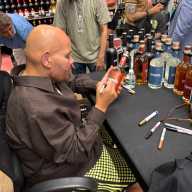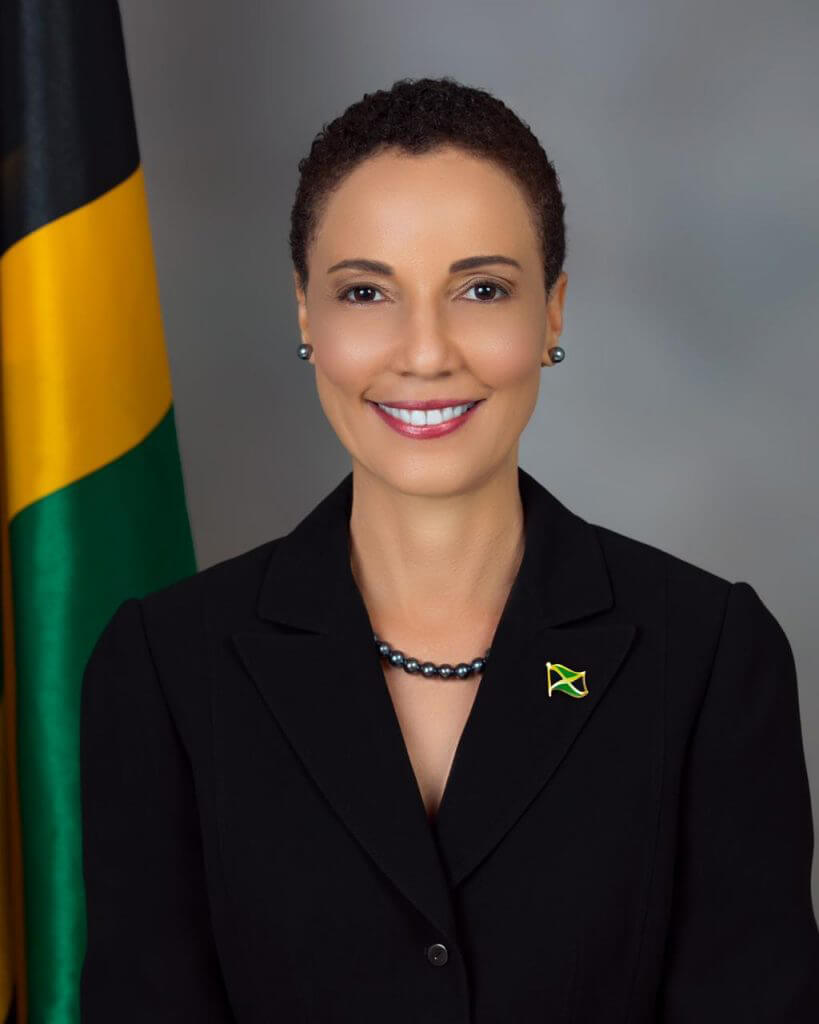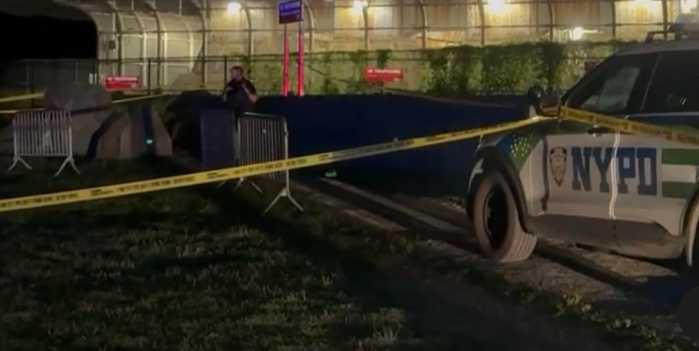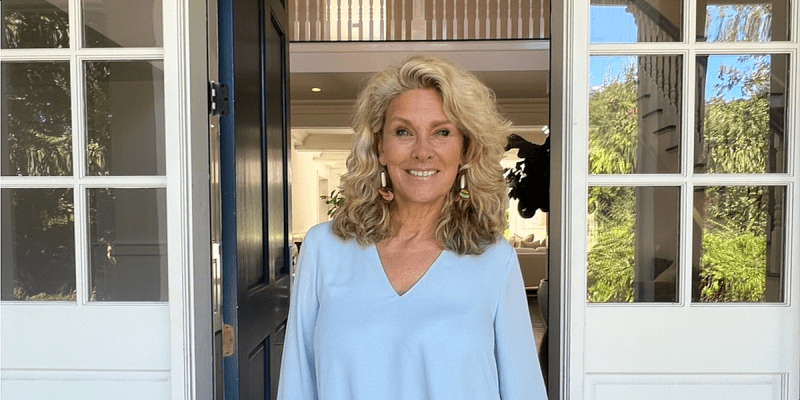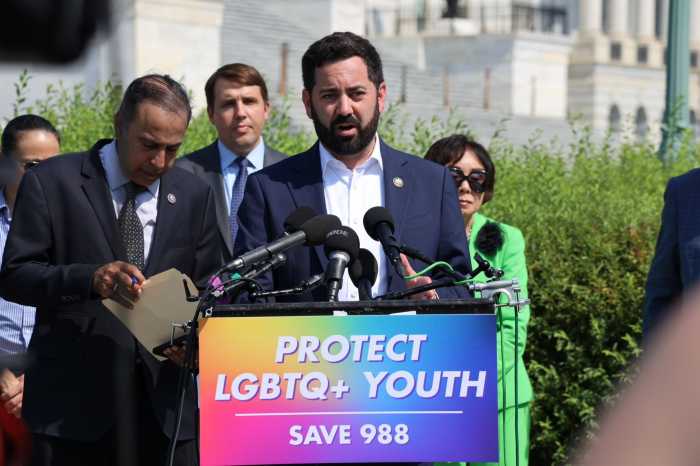U.S. Representative Ritchie Torres continued Wednesday his pressure campaign against city hall during a press conference, calling its efforts to curb the open-air drug market known as the Hub in the South Bronx, “nothing less than a systemic failure of governance.”
Torres, Borough President Vanessa Gibson and business leaders called on Mayor Eric Adams to “definitively crack down and end the open air drug market,” saying that it was time to get people who use drugs off the streets of the South Bronx and into the supportive care that they need.
“ There is nothing remotely compassionate or progressive about allowing those with serious mental wellness or serious addiction to simply languish and die on the streets of the Bronx,” Torres said. “That is not compassion; that is cruelty against those with addiction and it’s cruelty against the people of the Bronx, and we want no part of it. The Bronx is entitled to the same standard of public safety and public health as the rest of New York City.”

Business leaders like Pedro Suarez, director of the Third Avenue Business Improvement District (BID)—which represents more than 300 storefronts—have been left to manage the brunt of the open-air drug crisis, from cleaning up used syringes to coordinating with police, calling emergency services, and administering Naloxone during overdoses.
Suarez said the ongoing public health emergency has transformed the Hub—a bustling commercial corridor meant for shopping and community gatherings—into a chaotic and distressing environment that erodes any sense of safety for families, workers, and children seeking to enjoy the public space.
“ We’ve been at events where we’re having literally a Lego table for kids to play with, and there are people overdosing, falling to the ground around them,” Suarez said.
Kayla Mamelak Altus, a spokesperson for the Adams administration, said that City Hall was committed to ending the drug crisis in the Hub.
“The decades-long issues plaguing ‘The Hub’ in the Bronx are unacceptable, which is why we brought our ‘Community Link’ model to the neighborhood — a multi-agency operation of surged resources to address substance abuse, mental health, homeless outreach, sanitation, and other quality-of-life issues that prevent this part of the South Bronx from reaching its full potential,” Mamelak Altus said.
She went on to note that the city had arrested more than 100 people, issued over 3,600 summons and taken over 730 syringes off the streets.
“But let’s be clear: this work is not done — our priority is to ensure safety. Progress is measured, but feeling safe is what truly matters. We will continue working until every individual feels safe and secure.
Siraj, who only identified himself by his first name, has owned Plaza Discount in the Hub for 25 years. The discount store is directly across from the epicenter of drug use— Roberto Clemente Plaza— an open triangular space with seats that are often filled with people who have been, or are about to use drugs.
Siraj told the Bronx Times that people who use drugs in the plaza often escape into the shade of his store’s awning to avoid the summer heat, blocking his product displays and scaring away foot traffic and reducing his business by about 30%.
He said that sometimes he sees people shooting up with needles and asks them to leave.
“Sometimes they listen, sometimes they don’t,” Siraj said. “I have to call the cops. This is every single day.”
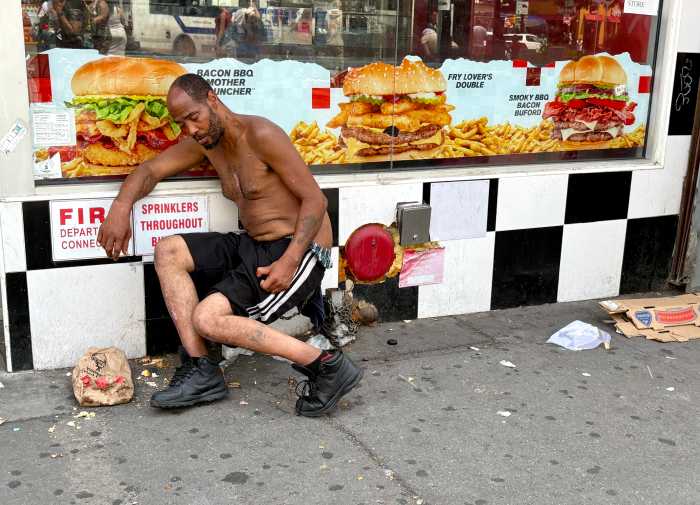
Sharon Jenkins, who has lived in the area for 61 years, said that she has to take an extra-long route to walk home safely.
“At night, after rush hour at six or seven o’clock it’s so packed and so full, we have to walk the long way to go home,” Jenkins said. “We can’t even go straight from this train station that’s so convenient —two blocks away from the house— now we stretch it to four or five blocks away simply because we can’t go home because this area is so congested.”
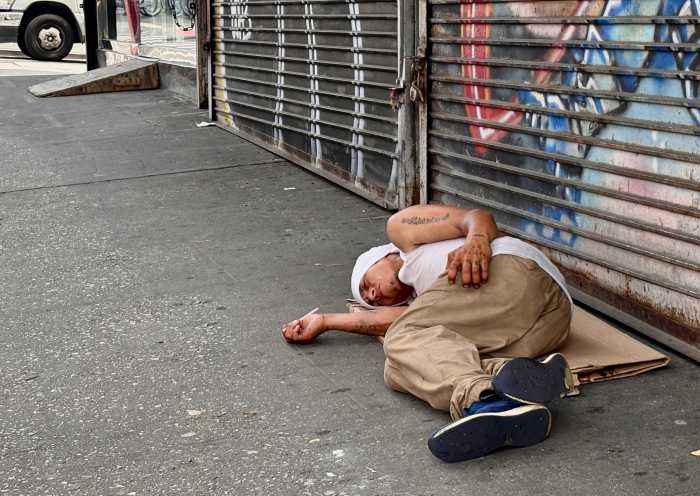
Elected officials, business leaders and community members agreed that the city needs to take immediate and sustained action. But each acknowledged that that solving the issue of drug use in the South Bronx was complicated and couldn’t be addressed through a “one size fits all” approach.
While individually, Gibson, Suarez and Torres have all highlighted different aspects of managing the public health crisis facing the South Bronx, on Wednesday they came together to advocate for a multifaceted approach that incorporated multiple city agencies–not just nominally— but in practice and in presence to clean up the Hub and offer the people languishing in Roberto Clemente Plaza a place to get long term care.

